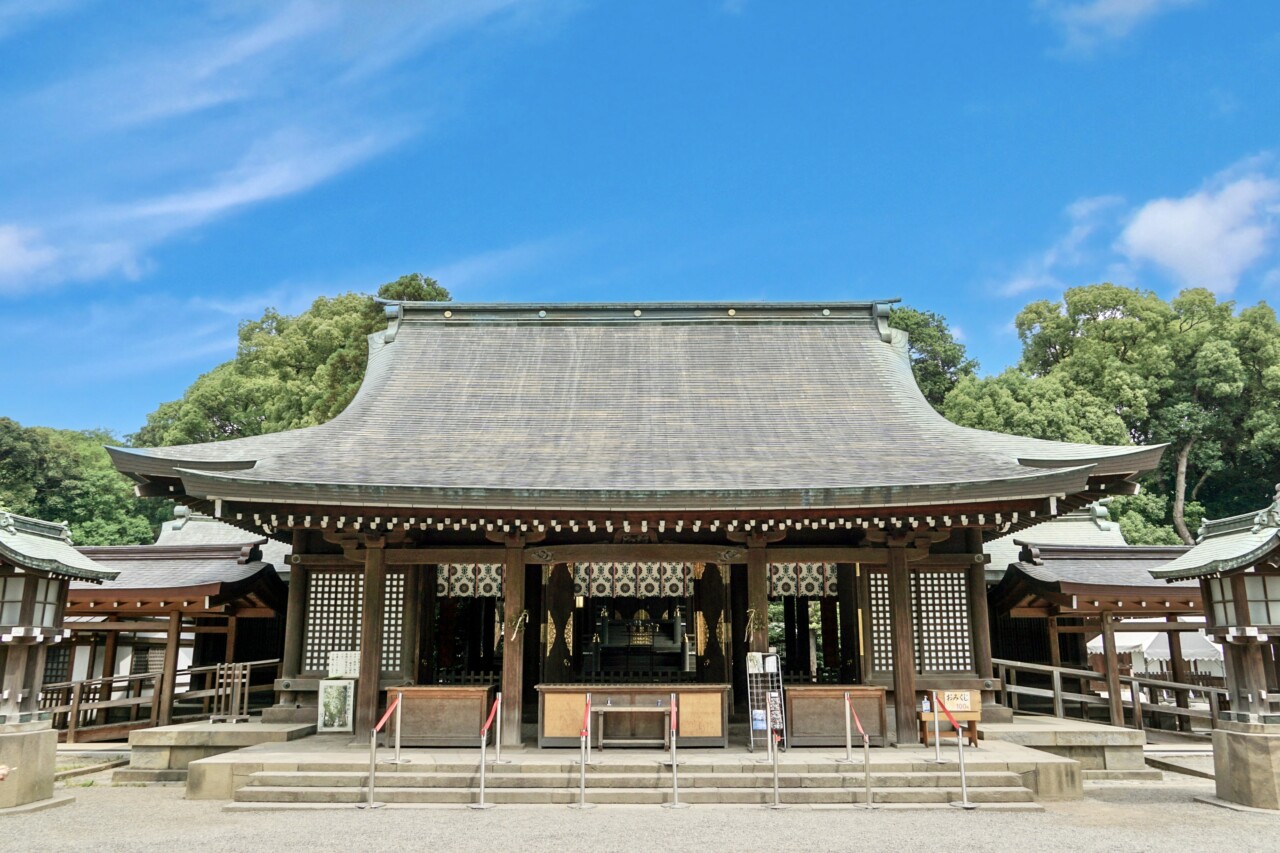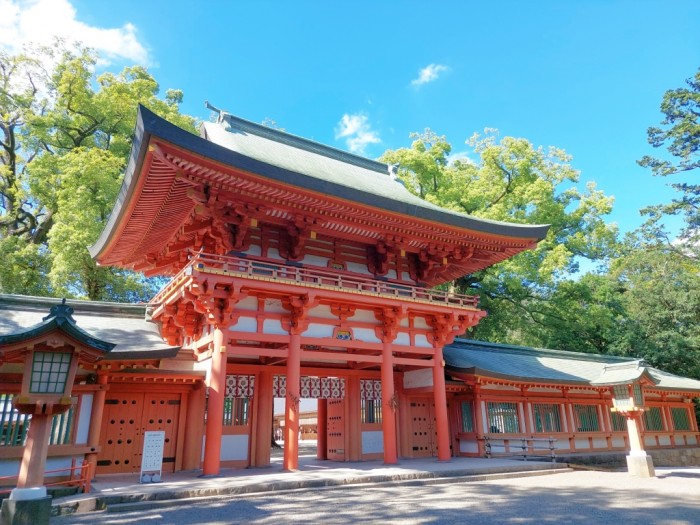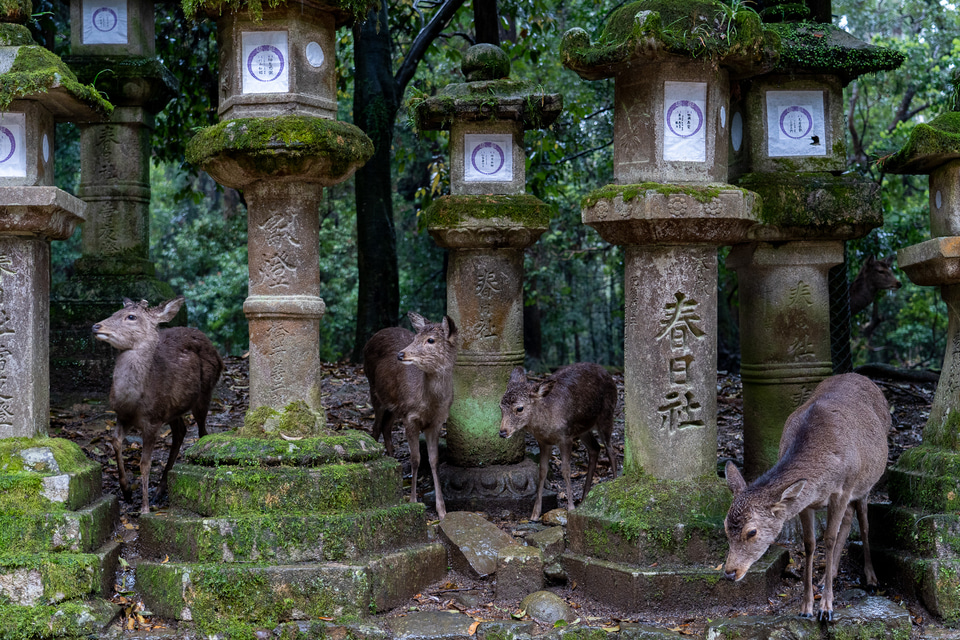


Hikawa Shrine, Saitama
The ancient powerhouse of the Kanto region, with a grand 2km approach.
With a history said to date back over two millennia, Musashi Ichinomiya Hikawa Shrine in Saitama is one of the most important shrines in the region that includes Tokyo.
History of the Shrine
According to shrine legend, Hikawa Shrine was founded in the 5th century BC during the reign of the mythical Emperor Kosho, making it one of the oldest in the Kanto region. Its name, 'Hikawa', is said to derive from the great Hikawa river in Izumo, the land of the enshrined kami, Susano'o. The shrine was designated as the 'Ichinomiya' (first shrine) of the former Musashi Province, a title given to the most important shrine in each region, indicating its high status from ancient times.
During the Meiji period, Emperor Meiji himself visited the shrine and designated it as an imperial shrine of the first rank, solidifying its importance. It is the head shrine of about 280 Hikawa shrines in the Kanto area, many of which are located in and around Tokyo.
The Enshrined Kami
The main kami of Hikawa Shrine is Susano'o-no-mikoto, one of the most complex and fascinating figures in the Shinto pantheon. He is the brother of the sun goddess Amaterasu and the god of the sea and storms. In the myths, he has a dual nature. He can be a violent, tempestuous, and chaotic force, whose rampage in heaven causes Amaterasu to hide in a cave. Yet, he can also be a great hero. After being exiled from heaven, he slays the terrifying eight-headed serpent, Yamata-no-Orochi, to save a maiden, Kushinadahime.
Because he marries the maiden he rescued, he is also worshipped as a kami of marriage and love. He represents the wild, untamable power of nature, which can be both destructive and life-giving. Worshippers pray to him for protection from disaster, success in endeavors, and blessings for their relationships.
What to See
The shrine's most impressive feature is its incredibly long 'sando' (approach path), which stretches for about 2 kilometers and is lined with beautiful, tall zelkova trees. This grand entrance creates a long, peaceful transition from the surrounding city to the sacred space of the shrine. It is a beloved spot for locals to walk and enjoy the changing seasons.
The shrine complex itself is located within a large, peaceful park that also contains a pond, a modern museum, and a small zoo. The main shrine buildings are painted in a vibrant vermilion and are set in a tranquil wooded area. The main worship hall is dedicated to the kami Susano'o, while two other halls are dedicated to his wife and son, making it a powerful spot to pray for family harmony.
Major Festivals
The 'Daitosai' festival, held from November 30th to December 10th, is the shrine's largest event. It is a large 'tori-no-ichi' (rake market), where stalls sell ornate, decorative bamboo rakes ('kumade') meant to 'rake in' good fortune and prosperity for the coming year. The market attracts a huge number of visitors and has a lively, festive atmosphere. The 'Reitaisai' in August is the main annual festival featuring solemn rituals and traditional performances.
Support Hikawa Shrine, Saitama
Your participation helps preserve this sacred site for future generations. Every digital offering contributes to real shrine preservation efforts across Japan.
By making an offering, you become part of a global community honoring Japanese spiritual traditions and supporting the cultural heritage that has been cherished for centuries.